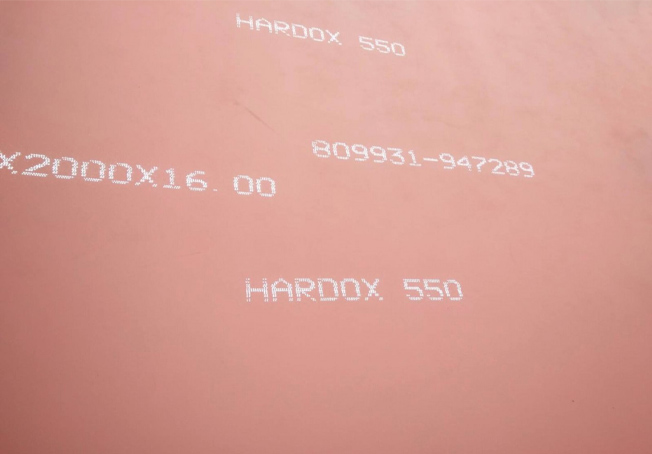Characteristics of Corrosion and Wear Resistant Steels
Corrosion resistance: A protective oxide layer is formed on the surface of the steel by adding elements such as chromium, nickel and molybdenum to prevent further corrosion.
Wear resistance: Wear resistance is enhanced by adding elements such as manganese, carbon, and sometimes tungsten or vanadium, which can increase hardness and toughness to resist wear and impact.
Strength and toughness: Many of these steels have a good balance of strength and ductility, allowing them to perform well in heavy loads and harsh environments.
Applications
Mining and construction: Components such as crusher hammers, screens and conveyor belts benefit from wear-resistant steels that can withstand abrasive materials.Marine industry: Ships, offshore platforms and related equipment often use corrosion-resistant steels to prevent rusting in saltwater environments.
Chemical processing: Pumps, valves and tanks in chemical plants require materials that can resist chemical corrosion and mechanical wear.Agricultural machinery: Plows, harrows and other farm implements made from wear-resistant steel can withstand soil and crop residues while resisting rust caused by moisture and fertilizers.














